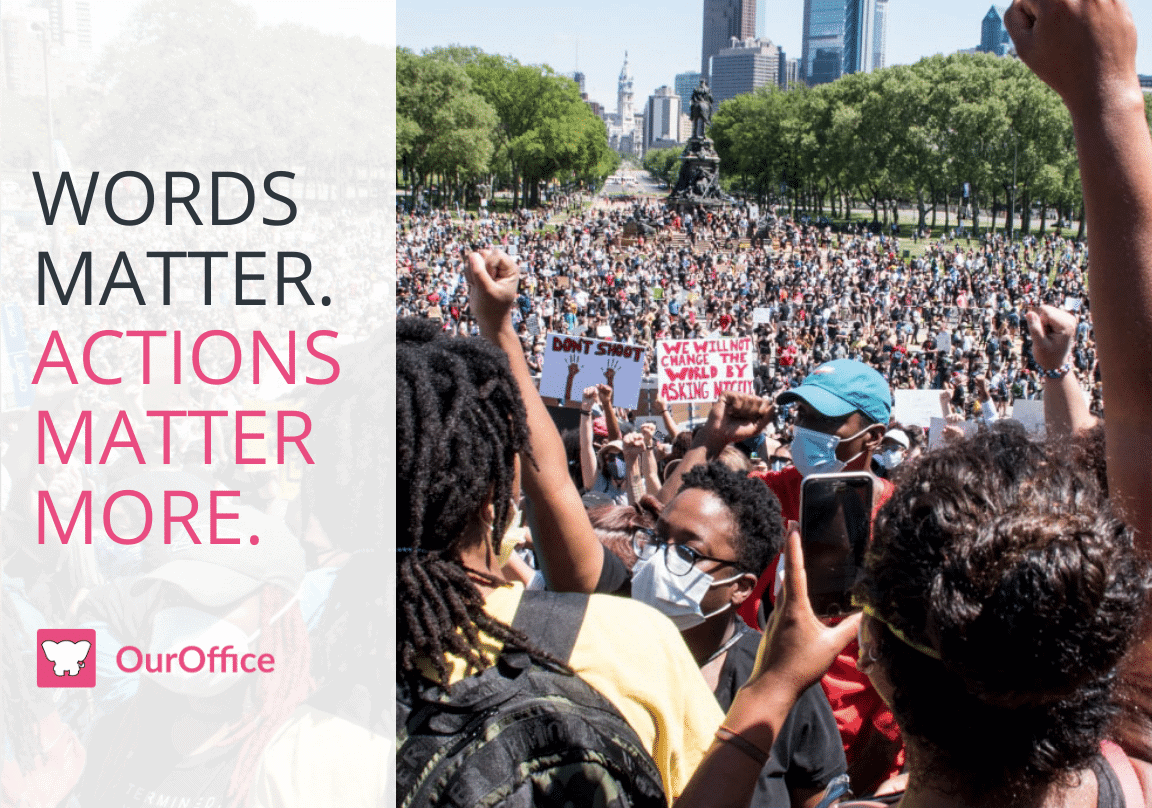31 Oct It’s all about intentional acts of inclusion!

They say “Diversity is a Fact, Inclusion is an Act.” Think about it. We typically have a list of actions, when we focus on increasing sales, expanding margins, building a culture of safety, or improving quality. We also insist on everyone accepting personal responsibility and taking those actions on a regular basis. Well, building a culture of inclusion is no different. It’s all about everyone taking action, everyday, across the organization.
So let’s reflect for a moment on this week in your workplace. Have you seen someone being intentional about being inclusive and taking action to include a colleague or a group of people? How about in the last month? How about yourself? Or your boss? Not sure what I mean by intentional acts of inclusion? Below are a few examples of what intentional acts of inclusion may look like.
You are in a meeting with about 5 or 6 colleagues, and there is a heated discussion about an important topic. You notice a couple of people have not said anything at all, and seem to be left out. Someone is intentional about including them; so she/he pauses to ask them if they’d like to contribute their perspectives to the conversation.
Here is another example. An event is being planned to celebrate a new win for your organization. Everyone is throwing out cool ideas about the big celebration, from venues to entertainment ideas and the menu. Someone pauses to remind everyone of the handful of disabled team members who should be considered as these decisions are being made, to ensure they too can easily access the venue and enjoy the event. This triggers someone else to suggest that ASL (American Sign Language) interpreters be provided for the big speech that the CEO will be giving.
The last example is about going up in an elevator to a meeting. It stops before getting to your floor, and the big boss walks in. The elevator is already packed, and the boss is clearly reading an important email or text on her cell phone. But to your surprise, she looks up from her phone, and says “Good morning everyone” as she turns her head to make eye contact with every single person with a broad smile. Then adds: “Busy morning! Isn’t it? How are you all doing?” as she continues to look at everyone with interest.
Each of these examples is a simple action that can be taken by almost anyone in any organization, on any day of the week. That’s why we refer to them as micro-actions. If you have trouble thinking of similar examples that happen at least once a week or more, you may want to ask if your workplace is truly inclusive, and if not, why not? The truth is, unless you can readily think of recent, perhaps even daily examples like these, there is likely more work to be done to become a truly inclusive workplace!
As Pam Jeffords of PWC said in a recent talk at SHRM Inclusion, “It’s easier to act your way into a new way of thinking, than to think your way into a new way of acting.”



